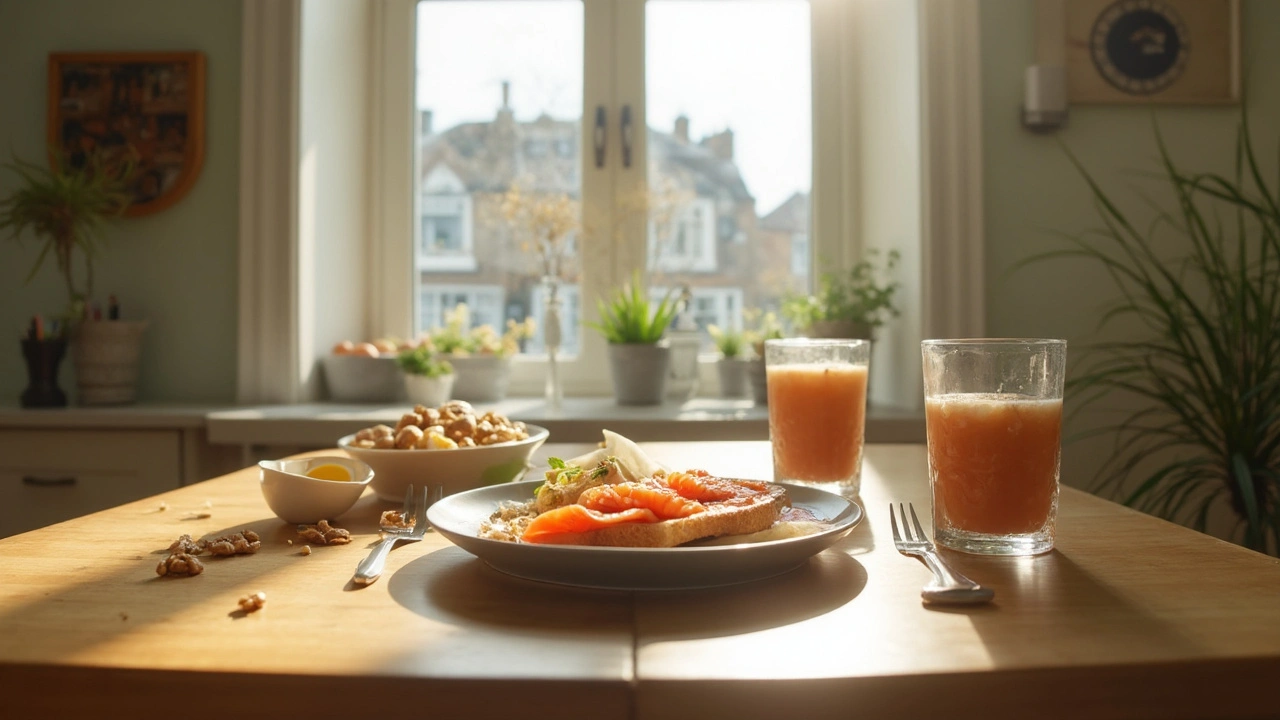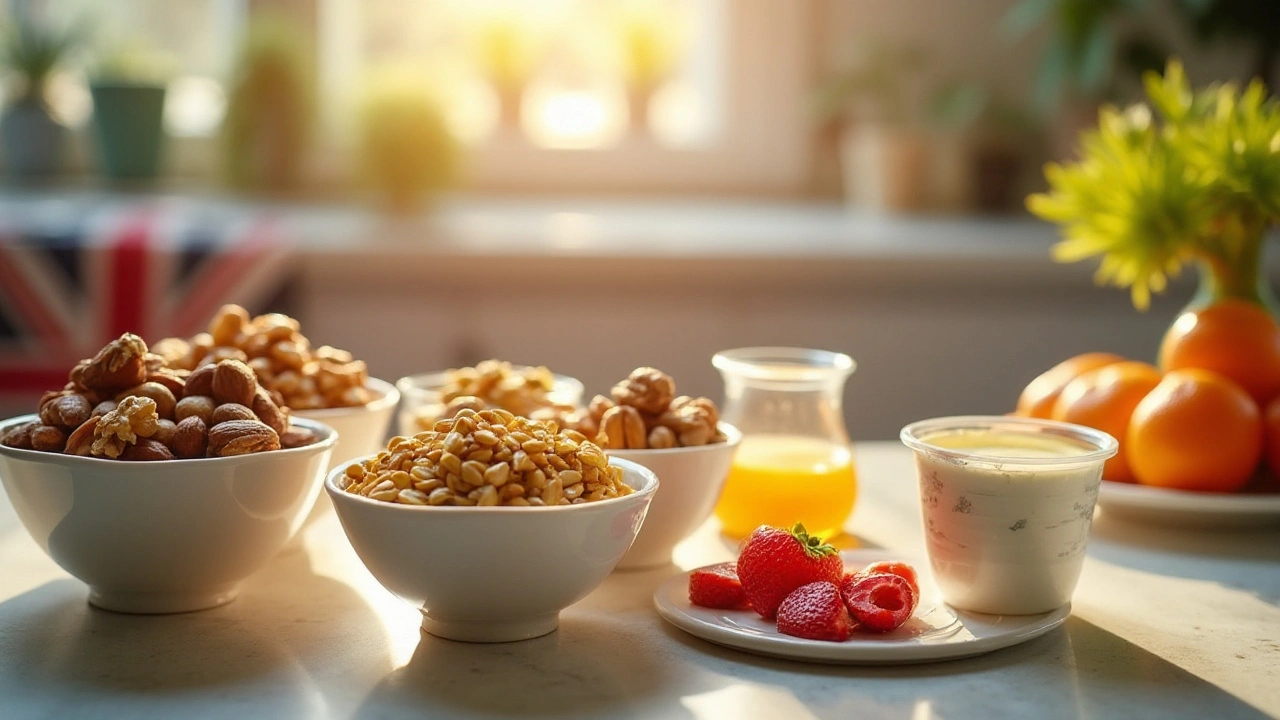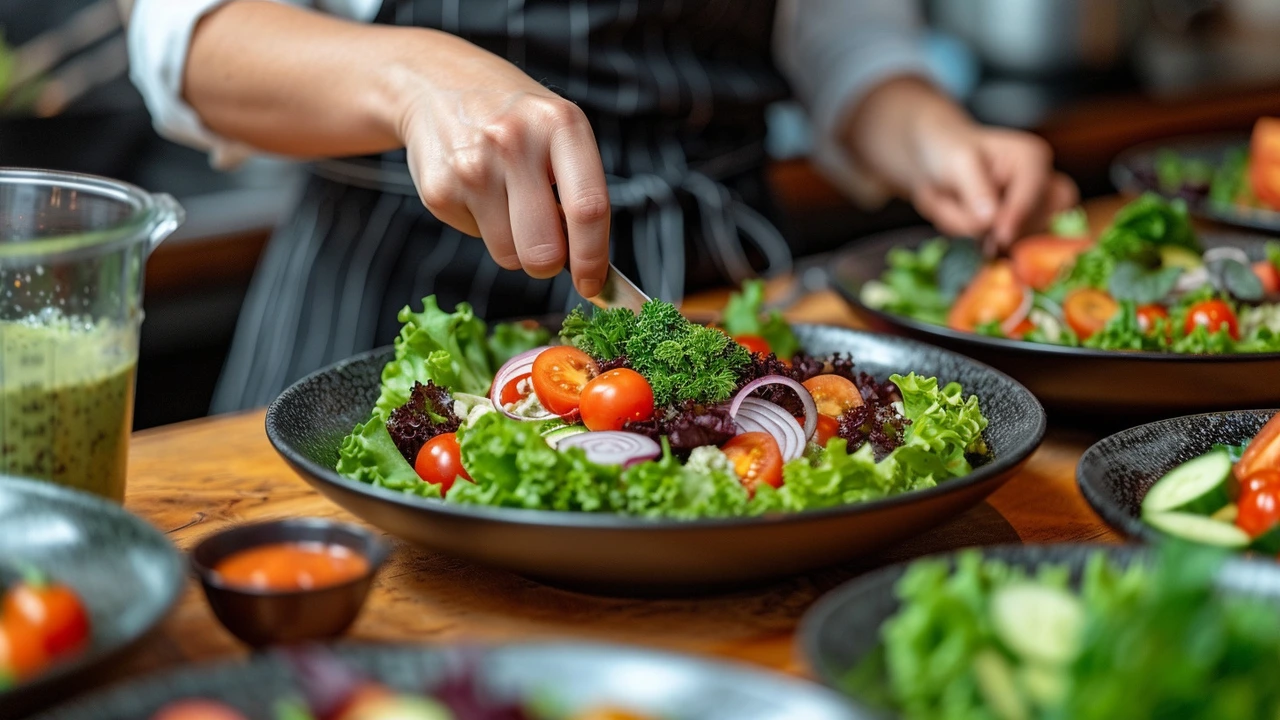Nutrition: Feed Better, Feel Better — For You and Your Dog
What you and your dog eat shapes energy, mood, recovery, and long-term health. A surprising number of pet problems start with food—skin issues, weight gain, low energy. The good news? Small, consistent food choices make big differences. Below are clear, useful rules you can use today.
Quick dog nutrition basics
Think in terms of balance. For most dogs, a diet needs quality protein, healthy fats, digestible carbs, fiber, and the right vitamins and minerals. Look for an AAFCO statement on commercial food—that means the formula meets basic nutrient standards. Use the feeding guide on the bag as a starting point, then adjust for your dog’s age, activity, and body condition.
Watch portion size. Free-feeding breeds weight gain in many pets. Measure meals, check body condition weekly, and cut or add calories slowly. Transition foods over 7–10 days to avoid tummy upsets: start with 25% new food, then 50%, then 75%, then full.
Know dangerous foods. Never give chocolate, grapes/raisins, onions, garlic, raw yeast dough, xylitol (found in some peanut butters and gum), alcohol, or caffeine. Keep nuts like macadamia and foods high in salt or fat out of reach. When in doubt, call your vet or a poison helpline.
Special needs matter. Puppies need more calories and higher protein. Seniors often do better on lower-calorie, joint-supporting diets. Working or sporting dogs require extra calories and electrolytes. Talk to your vet before adding supplements—many are unnecessary or can interfere with medications.
Practical tips for busy mornings and snack time
For you: make breakfasts that last. Oats with nuts and berries, Greek yogurt with fruit, or scrambled eggs and whole-grain toast give steady energy and protect heart health. Prep overnight oats or egg muffins once a week to save time.
Smart snacks help both of you. Choose almonds, carrot sticks with hummus, apple slices with a smear of peanut butter (xylitol-free), or plain popcorn. For your dog, use small training treats, pieces of cooked chicken, or slices of apple (no seeds). Treats should be under 10% of daily calories.
Hydration and storage matter. Keep fresh water available for your dog at all times. Store kibble in a cool, dry place in an airtight container to prevent spoilage. Freeze-batch homemade meals or human leftovers to avoid waste and keep portions consistent.
Read labels and ask questions. If an ingredient list is full of vague terms like “meat by-product” or long chemical names, ask the brand what those mean. Pick whole-food ingredients when you can. And if your dog has unexplained symptoms—weight change, itching, loose stools—food is often the first thing to check.
Small changes add up. Measure, read labels, avoid known toxins, and tailor feeds to age and activity. Those steps will keep both you and your dog more energetic, calm, and healthier every day.

How Nutrition Impacts Mental Health: Foods for a Happier Mind
Explore the fascinating link between what you eat and how you feel. Dive into the science, practical tips, and real foods that can boost mental health.

Health Juice Ingredients: Boost Wellness with Every Sip
Discover the most powerful health juice ingredients, why they work, and clever ways to blend them for maximum nutrition and delicious flavor.

Omega-3 Fatty Acids: Health Benefits You Can't Ignore
Omega-3 fatty acids do way more than just show up in fish oil ads. These healthy fats play a major role in heart health, brain function, fighting inflammation, and even helping your eyes. Not getting enough can mess with your mood and make your body more prone to disease. The article explains practical tips for adding omega-3 to your meals and busts some common myths. By learning what omega-3 does for you, you'll see why it deserves space on your plate.

Discover the Power of a Healthy Diet
A healthy diet can transform your life in surprising ways. By focusing on nutrient-rich foods, balancing macronutrients, and staying hydrated, you can boost your energy levels and improve mental clarity. It's not just about eating less junk—it's about choosing the right foods that work for your body. With practical tips and a few small changes, you can invigorate your lifestyle and health.

Unveiling the Power of Healthy Snacks for All-Day Energy
Healthy snacks, often overlooked, can be one of the most effective tools to maintain energy levels throughout the day. They provide essential nutrients and keep hunger at bay, which can improve focus and productivity. From nuts and seeds to yogurt and fruit, making the right snacking choices can transform one’s day. This article delves into easy and delicious snack options that help sustain energy without compromising on taste.

Healthy Diet: The Key to Unlocking Your Healthiest Self".
Hi there! Ready to unlock the secret to your healthiest self? It all begins with a wholesome, balanced diet. But fear not, healthy doesn't mean boring! Together, we'll explore tasty, nutritious options that can revolutionize your meals, boost your energy, and help your body thrive. Remember, your beautiful journey to wellness starts at the dinner table. So, let's get started, shall we?

How a Calmness Practice Revitalizes Your Life
Oct, 17 2025

Health Anxiety: How to Fight the Fear of Illness
Aug, 8 2023


